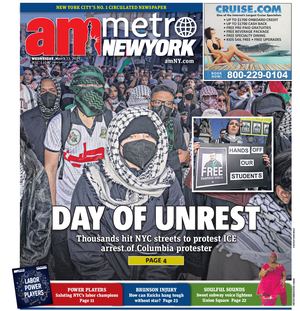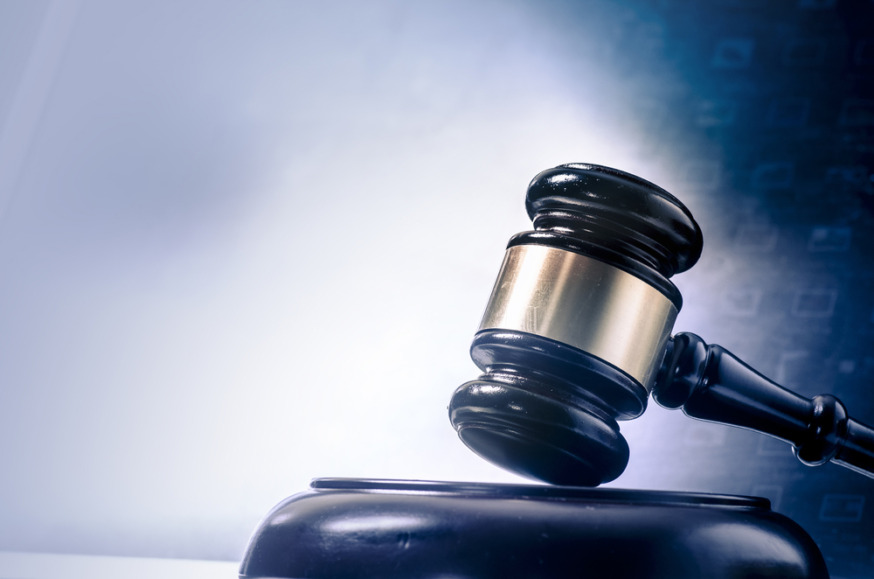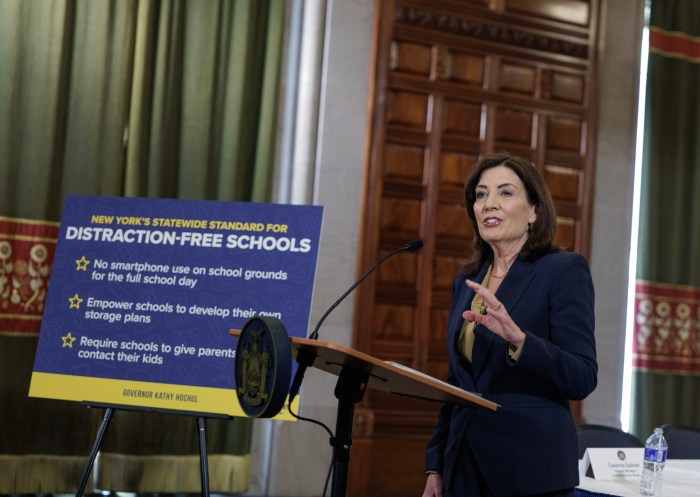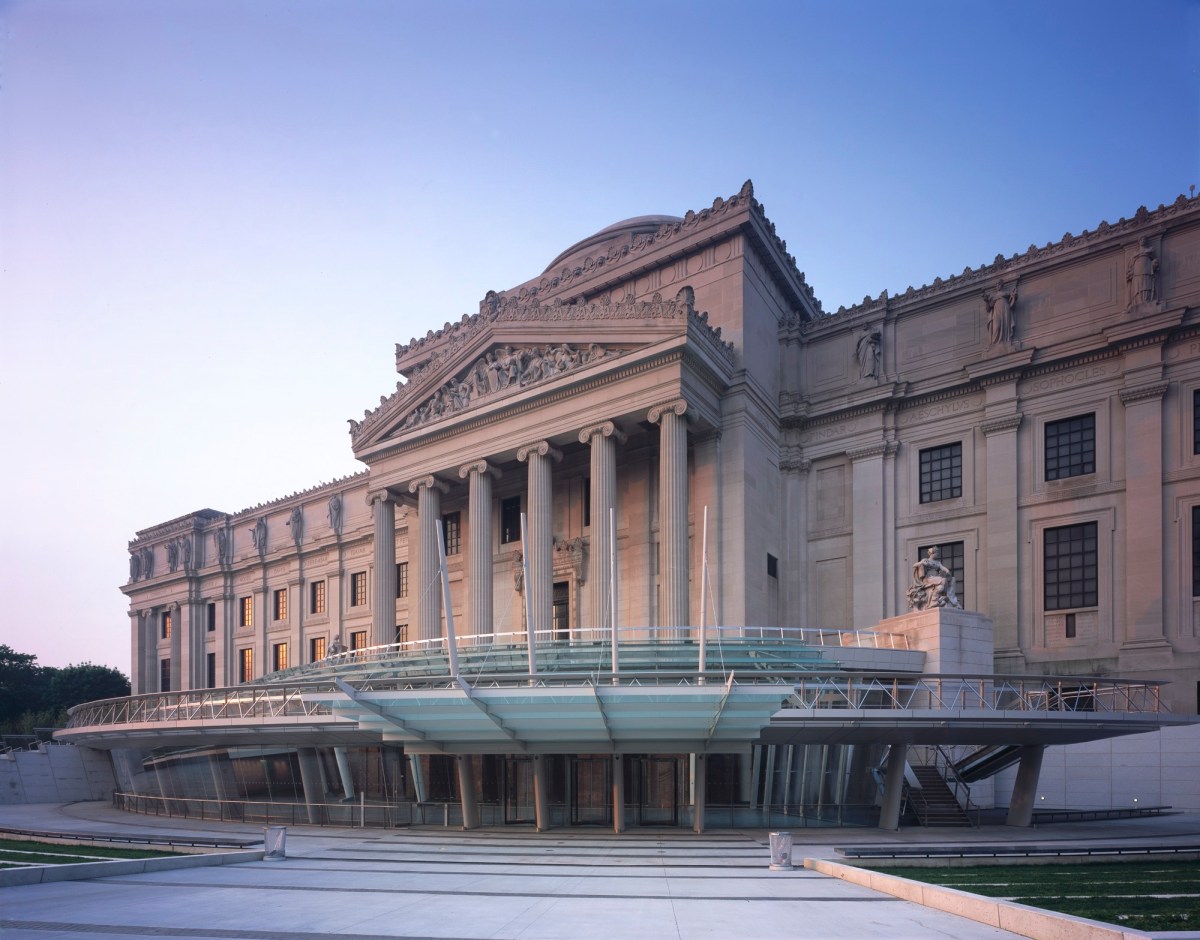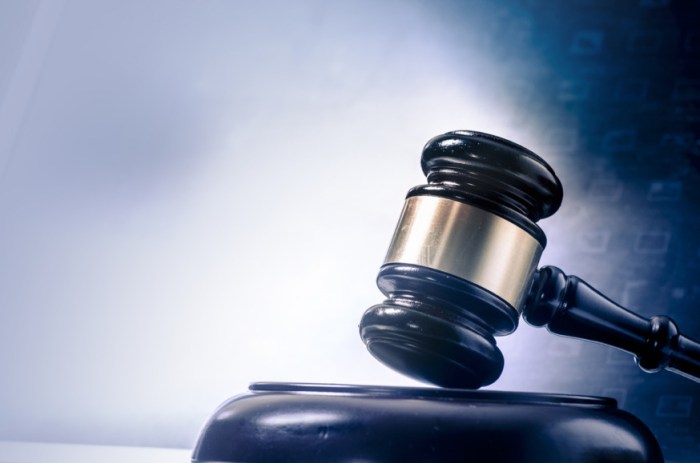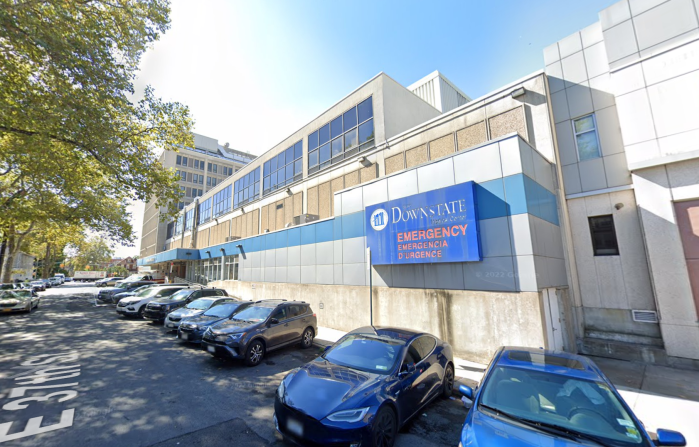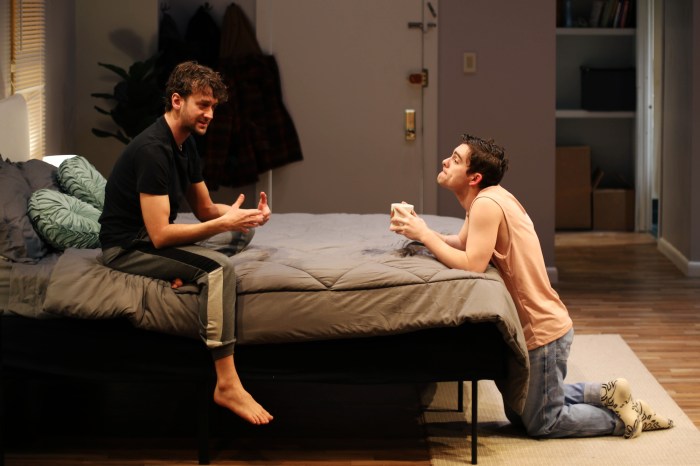The No. 2 train should be renamed the No. 19 train, which is where it ranked in a report of the best and worst subway lines from the Straphangers Campaign.
Meanwhile, No. 7 riders are getting more quality service, as it earned the top spot on the list.
In the group’s 16th State of the Subways report, the No. 2 was last for riders’ ability to get a seat and near the bottom of the pack for how often the trains roll into stations on time. The line’s train cars reportedly also had mechanical problems more frequently than the system average.
Meanwhile, the No. 7 was ranked the best ride for the high frequency of scheduled trains during the rush hours, a 79% on-time rate and fewer mechanical problems on its newer model cars — one every 248,659 miles.
“It’s a parlor game in New York to say my line is the best, or my line is the worst,” said Gene Russianoff of the Straphangers Campaign. “This will give you some facts to back up your opinion on it.”
This year marks the 7th time the No. 7 line that runs from Times Square to Flushing got the Straphangers Campaign’s top spot. The Q train earned the honor in the last State of the Subways report in 2012 — before Superstorm Sandy damaged the transit system — but it’s now ranked 13th. This year’s report was the second time the No. 2 train, which stretches from Wakefield in the Bronx to Flatbush, ranked at the bottom.
The Straphangers Campaign rated the trains across six categories using MTA data for 2013.
R train riders had the best shot at grabbing a seat; the No. 6 and 7 trains were tied for most frequent scheduled service; and C trains had the highest on-time rate at 83%, while tying for cleanest with J and Z trains.
But the C had the fewest trains scheduled, its cars malfunctioned most frequently and it ranked last in quality of in-car service announcements; the dirtiest trains, meanwhile, are on the Q line.
The report, however, does nothing to settle the ongoing debate about the G train — that line was excluded from the rankings because there was no available data on crowding. Still, it had an 82% on-time rate at stations and has cars cleaner than average, though there is a malfunction once every 77,000 miles.
Russianoff said the disparity in service quality among the lines was a difficult problem for NYC Transit. “No one should have to get off a 7 and get on a C and go, ‘What’s going on here,'” Russianoff said.
MTA spokesman Adam Lisberg said in a statement that the agency tracks service and publishes the information that the Straphangers Campaign used for its report. “MTA New York City Transit constantly analyzes performance data to monitor and improve service,” he said.
The No. 2 line did get better in station and train cleanliness, equipment, and signage and car announcements.
MTA officials are trying to stanch the increasing wait times for riders.
“We continue to have a problem in terms of the weekday wait assessments, as it goes from month to month and gets more and more of a problem,” MTA board member Charles Moerdler said Monday.
NYCT’s subways chief, Joseph Leader, said there is a task force studying subway delays, train schedules and the policies in place when an incident happens.
The MTA will fund four new teams of track, third rail and signal experts that will be stationed at key spots in Manhattan during the evening rush to quickly tackle problems that cause delays.
